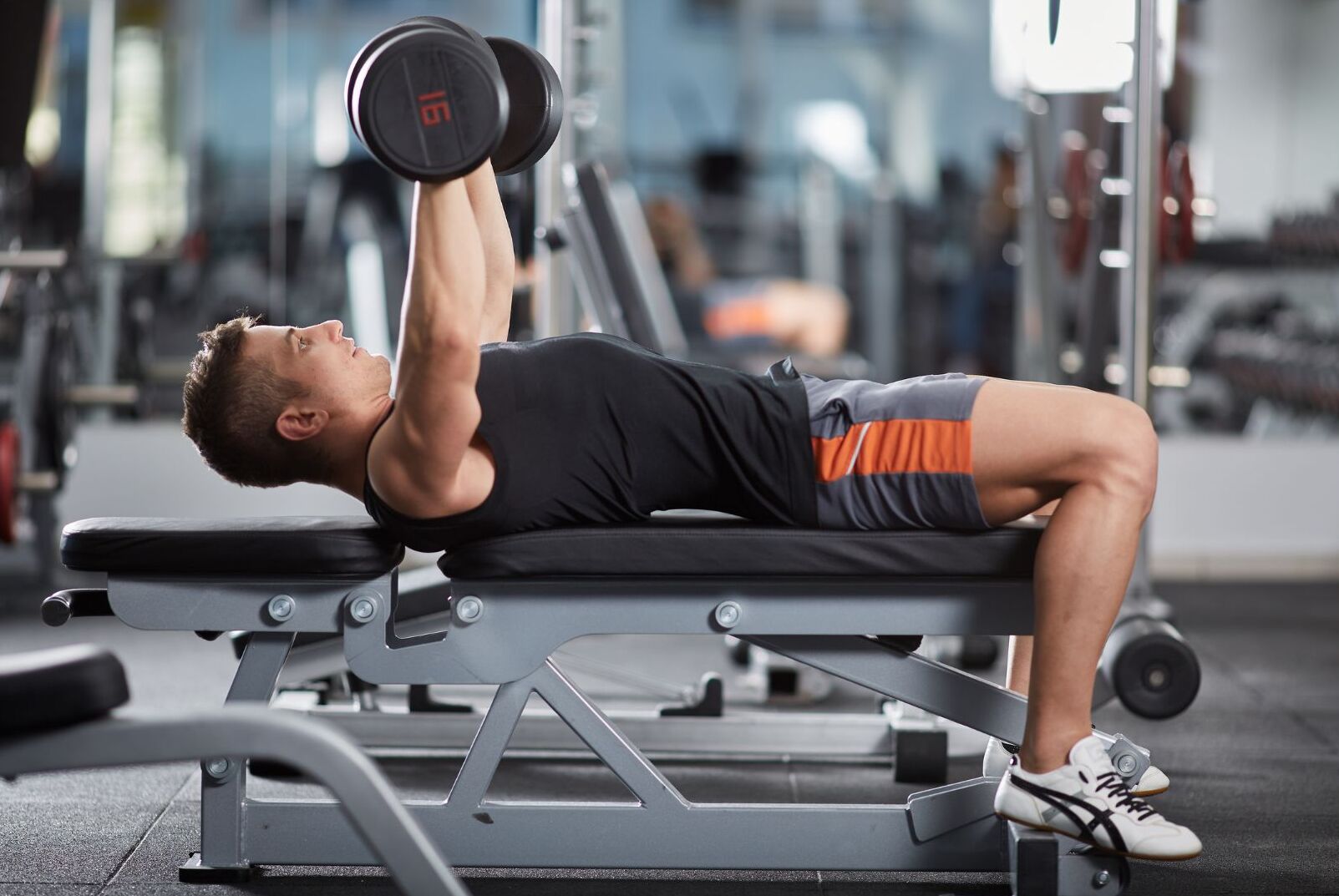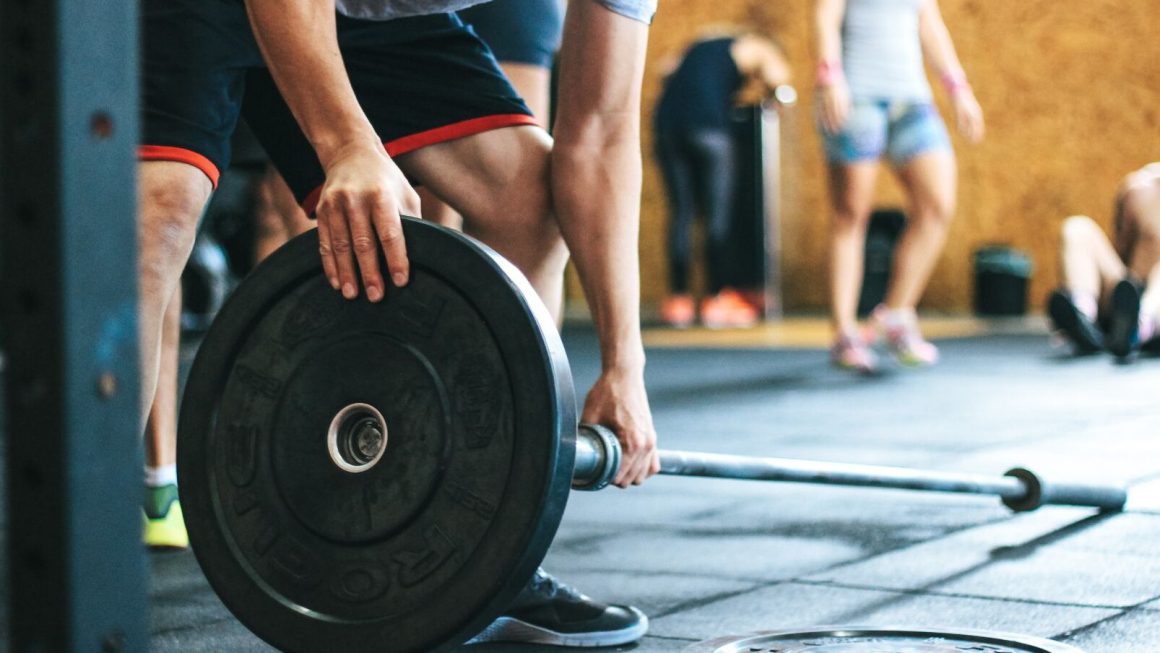Lifting weights and lowering them to the ground is what weightlifting is all about. That principle applies to almost every sport, including deadlifting. Weightlifting is famous for improving health, building muscle, and training strength because of its straightforward approach.
What exactly is a deadlift?
Deadlifting, also known as the “King of Lifts,” is an all-around workout that targets several major muscle groups. It increases power and strength while also increasing lean muscle mass. However, the most common application of deadlifts is to increase heart rate, classifying it as a cardio workout.
Deadlifting works on muscle groups such as:
The Buttocks
The buttocks have three muscles that are activated during deadlifting. The gluteus maximus is the most active muscle during the exercise, collaborating with the hamstrings to achieve full hip extension when coming out of a bend over. The gluteus minimus and medius assist the gluteus maximus and provide stability in the knees and hips.
The Feet
Deadlifting helps to strengthen the hamstrings and quadriceps muscles in the legs.
The Backside
The primary muscle group used in deadlifting is the erector spinae. It is located in the back and comprises spinal, longissimus, and iliocostalis muscles. The erector spinae muscle group can be found on both sides of the spine.
Deadlift Advantages
Deadlifts are a multi-joint movement, which means you must engage several muscle groups to perform the exercise correctly. You’ll build muscle in your legs (specifically your glutes and hamstrings), back, and the rest of your posterior chain while also putting a strain on your central nervous system. The deadlift can be used as a leg day exercise or a back-building move. If you take the traditional approach, there are few better options for practicing your grip. Because there is so much involved in the deadlift, threading the exercise’s parts together requires more focus than you might expect for a movie with such a simple outcome.
You should know a few things about deadlifting and winstrol comprar before approaching the barbell (or dumbbells or hex bar) and preparing to pull and use(and, therefore, safely). The first lesson is to leave the accessories at home if you’re starting. You may have noticed more experienced-looking lifters putting on belts and wrist straps before pulling heavy weight. When your goal is to pile as many plates as possible onto the bar, gear like this can be helpful—but if you’re a beginner, you should have different goals. Specifically, establishing a proper form.
Allow Men’s Health fitness director Ebenezer Samuel, C.S.C.S., and fitness editor Brett Williams, NASM-CPT, to guide you through the exercise’s subtleties, saving you from bad habits that prevent you from reaching your fitness potential.

Techniques for Deadlifting
How difficult could it be?
Lifting and lowering weights appear to be a simple concept. But it’s not as simple as it sounds. Bad technique can transform a deadlift from a cardio exercise to a recipe for back pain.
Here are some techniques for good deadlifting form:
Grip
Many people perform a deadlift with an overhand and underhand grip. While this technique prevents slipping, it isn’t the best long-term technique because it activates your mid-back and lats in different patterns on each side of the body. This will lead to poor posture and form. Opt for an overhand grip instead. You’ll get used to it and use the correct muscle groups each time.
Core
It’s not uncommon to see people wearing belts while deadlifting. Is it required? Nope. You already have a strong core, which includes your deeper abdominal muscles, abs, obliques, and lower back muscles. These muscle groups help keep your spine in its natural alignment when you lift. And, as you gradually increase the weights, it’s best to rely on your core and maintain proper spine posture. When you try to hinge from the deadlift, your spine will stray from the line, and your torso will be too flexible.
Posture
The hamstrings and glutes are the major muscle groups in deadlifting, not the spinal muscles. Ensure your lower back isn’t the central pivot for the weight when using the correct muscle group. Keep your hips lower than your shoulders for each rep.
Tips for Deadlifting
- The following is a step-by-step guide to deadlifting:
- – Using bumper plates to load your weights reduces the weight’s impact on the floor and improves joint health.
- – Stay in the middle of the bar and place your midfoot under it.
- – Grab the bar with an overhand grip, hip-width apart.
- – Bend your knees and hips, then push down until your scapula or shoulder blades are pushed down and back. Maintain a neutral spine position.
- – Maintain straight arms and a tight grip on the bat with no slack. Brace yourself against the bar’s weight. Squeeze your arms against your sides as if you were holding something under your armpits.
- – Tend your triceps to keep your arm straight.
- Use flat shoes for deadlifts because they provide more stability. After you’ve finished the warm-up, you can begin deadlifting:
- – Raise yourself by pushing your hips forward and digging your legs into the floor.
- – Push with your midfoot while keeping your spine in a neutral position. As you rise to your feet, keep your knees slightly bent.
- – Bend your hips and knees to return to your original position. Do not drop or bounce the weight.
- – Repeat as needed.



